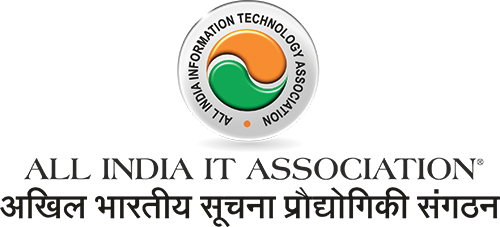In recent years, information communication technology (ICT) has played a pivotal role in the digital world. It has become one of the core elements of managerial reform around the world . Governments around the world have started e-government strategies to renew the public sector in order to promote the rapid steps of technological change . E Government is a relatively new area of study in the information field that is concerned with the use of ICT by government agencies to deliver its services electronically . One of e-government‘s characteristics is that it is an opportunity to improve the performance of the government so that it can deliver public service effectively and efficiently . An initiative is to reduce bureaucracy and offer access to online services all the time, which enhances the quality of services through offering citizens the opportunities to participate directly in decision making, and making them submit their suggestions and ideas online in forums and online communities . Moreover, by using e-government websites citizens can access the information and services anytime, and anywhere. In order to ensure the effective implementation of e-governance and enable the citizens to obtain its benefits an evaluation of the awareness of using e-government services is required. It is considered as an important indicator of e government success. E-government is a growing phenomenon within public sector institutions around the world . It is emerging as a significant discipline within the field of public administration and management in general, but understanding and managing e-government as a concept and in practice is a challenging unwieldy task . Online services are beneficial to both citizens and government. Government agencies realize its benefits in the form of cost reduction and improved efficiency.
ICT can be used by government agencies to transform relations with citizens and businesses. In India, as in much of the developing world, it is not uncommon for rural villagers to travel long distances to government district headquarters in order to submit applications, meet officials, obtain copies of public records, or seek information regarding various services. This involves the loss of a day’s income as well as the cost of transportation. Once at the government office, the relevant official, record, or information could be unavailable, forcing repeated visits and additional expenses. In effect, government officials working with paper records enjoy a monopoly over information and records. Villagers may also face discomfort, harassment, and corruption on the part of public officials and are often given incorrect information about government programs and services. With ICT, it is possible to locate service centers that provide documents, land records and other public services physically closer to citizens. Such centers may consist of an unattended kiosk in a government agency, or a service kiosk located close to the client. Potential benefits include increased transparency, less corruption, better delivery of government services and greater government responsiveness.
E-governance in India has steadily evolved from computerization of Government Departments to initiatives that encapsulate the finer points of governance, such as citizen centricity, service orientation and transparency. Constitutional provision for e-governance was given by passing Information Technology Act 2000. The formulation of National e-Governance Plan (NeGP) by the Department of Electronics and Information Technology (DEITY) and Department of Administrative Reforms and Public Grievance (DAR&PG) in 2006 has boosted the e-governance process. Another major contribution was E-District programme implemented in 2013 in selected District. The National e-Governance Plan (NeGP), takes a holistic view of e-governance initiatives across the country, integrating them in to a collective vision, a shared cause. Around this idea, a massive countrywide infrastructure reaching down to the remotest villages is evolving, and large scale digitalization of records is taking place to enable easy, reliable access over the internet. The ultimate objective is to bring public services closer home to citizens, as articulated in the vision statement of NeGP that “make all Government services accessible to the common man in his locality, through common service delivery outlets, and ensure efficiency, transparency, and reliability of such services at affordable cost to realize the basic needs of the common man”. The Government of India’s National e-Governance plan has a clear vision: to deliver, and make accessible all Government, social and private sector services in the area of agriculture, health, education, utility payments, banking and financial services, etc. to the citizen at affordable cost. With this intent, the Common Service Centers (CSC) were conceptualized in may 2006, as the friend end service delivery outlets enabling smooth and transparent governance at the village level.CSC is meant to be a low cost vehicle for Government institutions to deliver e-Governance services to the rural population of India in ‘Simple, Moral, Accountable, Responsive and Transparent’ (SMART) and most cost effective manner.

